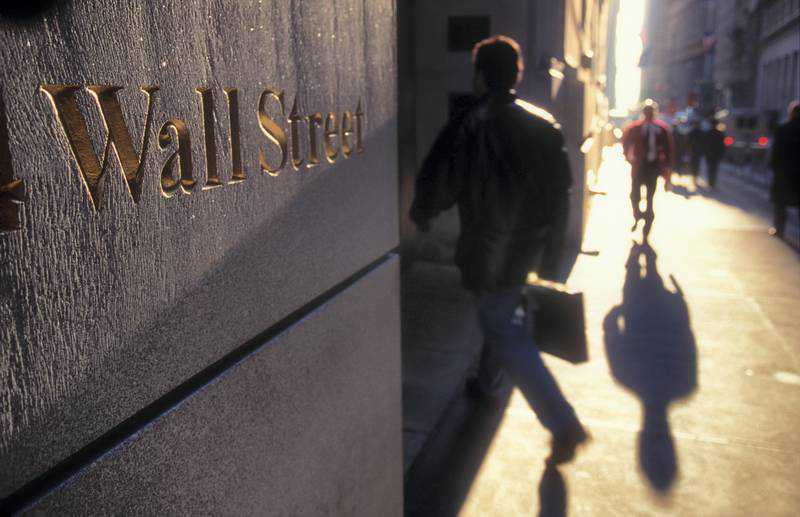Headwinds continue to trouble markets as Fed signals it will begin tapering by end of year
01 September, 2021

Thin summer liquidity often leads to exaggerated price action, although volatility in foreign-exchange markets remains near recent lows.
But Friday’s long-awaited speech by US Federal Reserve chairman Jerome Powell was more dovish than many expected and signalled that monetary policy stimulus will remain, although the world’s most powerful central bank still aims to reduce its bond-buying programme sometime this year.
Mr Powell's more balanced, cautious speech contrasts with recent comments by numerous Fed officials, who have highlighted the case for the central bank to start reducing asset purchases soon.
The most recent Federal Open Market Committee meeting had a more hawkish bias among policymakers that was most obvious in the “dot plot” of the Fed’s forecasts, which showed more voters expected at least two interest rate increases through to 2023.
Foreign-exchange markets have similarly changed track, with broad outperformance recorded in dollar and safe-haven currencies. The greenback floundered in the first half of 2021 but has since perked up and recently hit new highs this year against a basket of other major currencies. The Japanese yen, a classic safe-haven currency, has also found a bid and remains an outperformer.
What is interesting here is that, historically, we typically see these currency pairs stick fairly close to the broader trend in risk sentiment. For example, the Australian dollar and yen pair, well known as the ultimate FX risk gauge, has actually fallen more than 6 per cent since June, even though we have seen a steady rise in US equity markets.
Over the same period, commodity prices have remained relatively static, although oil has moved lower. Clearly then, this decoupling from historic norms had indicated more defensive positioning among foreign exchange traders.
The persistent rise in US stock markets has put the broad-based S&P500 close at record highs as investors focused on a bumper second-quarter results season. Mr Powell’s speech last week also means that the go-slow approach to reining in emergency monetary policy stimulus remains, which is good news for continued risk-taking.
Diverging markets are also evident in equities, with Asian stocks not so upbeat. For instance, Hong Kong is in bear market territory as the Hang Seng index has fallen more than 20 per cent below its February peak, led by internet stocks such as Alibaba.
Other markets in the region are also suffering due to the regulatory clampdown by Chinese authorities, who are pushing for greater social cohesion at the expense of corporate profits.
This is hitting a variety of sectors, including education, gaming and technology. An indication of this effect is the plunge in the Nasdaq Golden Dragon index of large US-listed Chinese stocks, down by about 10 per cent in one week recently, and more than 50 per cent below its peak in February.
Recent falls in some Chinese technology stocks might also worsen as investors pull out of equity funds focused on the country’s stocks.
Meanwhile, market wobbles in the US and Europe will persist while the rapid spread of the Delta coronavirus variant continues and amid expectations that crisis-era policy measures are eventually reined in.
The sharp falls elsewhere highlight growing investor concern about a prolonged regulatory clampdown in China. But that said, Mr Powell is still happy to keep the stimulus plentiful and, as there are few alternatives while bond yields remain depressed, stock markets will remain in bid mode.
Source: www.thenationalnews.com
